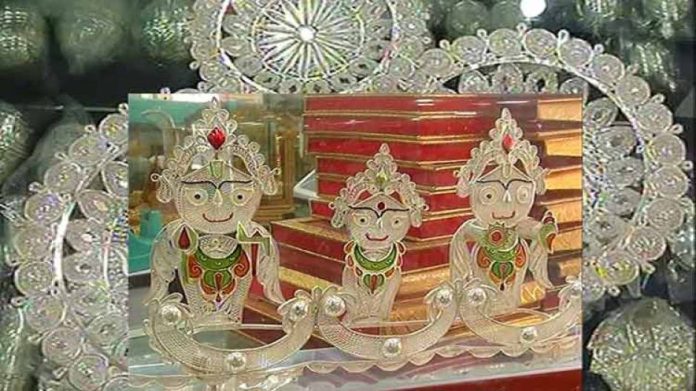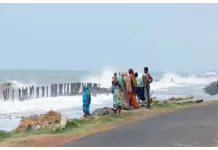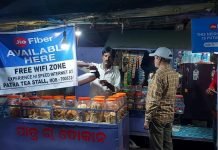recently, the government of India has created a sense of pride and happiness among the natives of Cuttack by giving the silver filigree work of Cuttack GI tag. In the glorious history of Odisha, the traders in our state used to travel by boats on the sea route to remote like Java, Sumatra, Bali, Kamboja, Hansala etc extensive places for trading our high-quality handcrafted products to prioritise the marine trading all across. Every Odia is joyful and proud today because the art and craft have been appreciated all over the world from ancient times, and silver jewellery filigree work has gotten it’s due after a long demand by getting a GI tag from the government. This unique art and craft is represented by the Konark Chakra, Mukteswar Toran, Chaturdhamurati of the Jagannath temple, Replica of the world-famous cart festival, Shri Krishna and Arjuna on the chariot replica etc are the artefacts state the story of Odias all over the world. So the old capital of the state Cuttack, the heartland of arts and crafts, is decorated with national honours.
It is noted that the process of getting appreciation, and recognition of this unique art form at various places in independent India started in the year 1999. Later on, many government initiatives were taken for the conservation and expansion of food, culture, art, and craft. There was a law passed in 1999 by the central government and implemented in September 2003. The artefacts and handicrafts having a GI tag were registered officially. The registration process was conducted under the supervision of the central government in Chennai. Many might not be aware that Darjiling Tea first got the GI tag in 2004. About 500 products from different parts of the country are included in the list of the Geographical Index, out of those 26 products are from Odisha.
While the Silver Filigree work of Cuttack getting the pride and respect of this kind now, the big sacrifice, dedication, and service. His commitment and passion are noteworthy in the direction of the recovery and expansion of these arts. In the year 1897, he deployed around 150 filigree hand workers who were working to make different kinds of gold and silver filigree jewellery and other items in his house by organising a workshop named Odia Art Wires. Not only that, but he was encouraging, motivating and providing patronage to these artists so that they could earn fairly well and shine the name of Odisha state through their exhibitions in and around the world. The designs and handcrafted jewellery were given to the people from the then-colonial government, and the rich people in the country to make it famous and known in the world sphere.
Cuttack City is filled with glory and prosperity. Many filigree workers are economically sound and have expanded their crafts substantially. The state government has provided every possible facility to them. If Such an initiative is taken to represent our art and craft all over the globe and get recognition, it will be a great glory for we as Odias.
|
ReplyForward
|



















